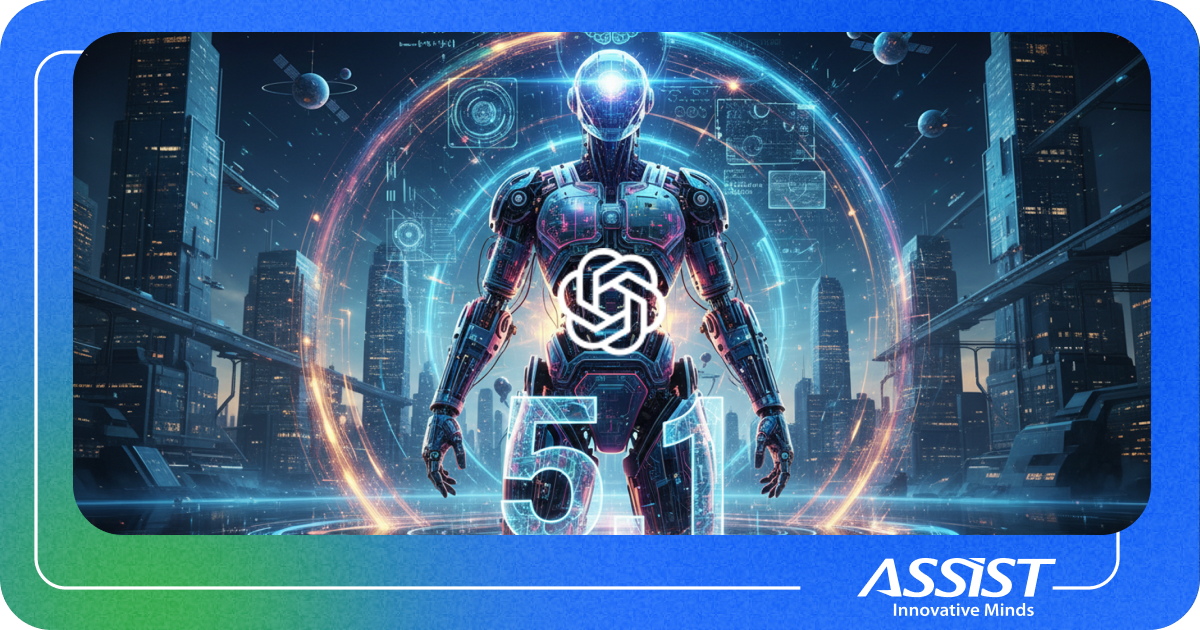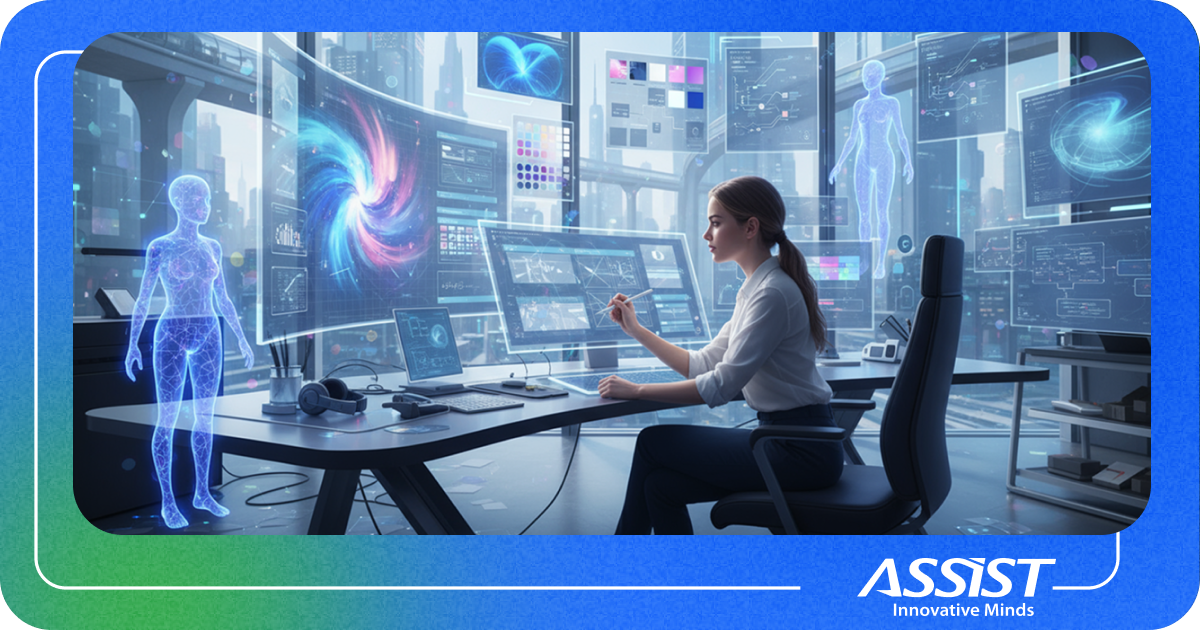AI Adoption Remains Uneven Across Industries. Who's at The Top?
A clear pattern has emerged: while some industries are integrating AI at pace, others are still in the early stages of experimentation. According to 2024 data from the U.S. Census Bureau and McKinsey & Company, approximately 72% of global businesses report using AI in at least one function. This is a substantial increase from just 50% in 2022.
However, this progress is far from equal across sectors. Digitally mature industries such as information technology, consulting, and education have embraced AI for automation, prediction, and personalization. Others, including construction, agriculture, and transportation, remain hesitant, slowed by infrastructure challenges, cost concerns, and cultural barriers.
The Top Three Sectors in AI Adoption
Information technology leads all sectors in AI implementation, with more than 18% of firms in the industry already using AI solutions to optimize internal processes, enhance software features, or drive client services. The sector’s familiarity with digital tools and data systems gives it a natural head start, while competitive pressure ensures rapid adoption cycles.
Close behind are professional and technical services, where roughly 12% of organizations, including law firms, consultancies, and engineering services, have deployed AI tools. Here, AI is increasingly used to process complex documents, generate content, and automate routine knowledge tasks.

Perhaps more surprisingly, educational services rank third, with 9.1% adoption. Universities and training institutions have embraced AI because of generative technologies like ChatGPT, using them to personalize learning experiences, automate grading, and accelerate research.
These three sectors share several traits: access to structured data, strong digital infrastructure, a technically literate workforce, and management teams open to change.
Industries Facing the Steepest Climb
In contrast, construction, agriculture, and transportation sit at the bottom of the global AI adoption chart, each with adoption rates hovering around 1.4 to 1.5%.
In construction, challenges include limited standardization, fragmented workflows, and a deep-rooted reliance on manual methods. Agriculture faces its constraints: poor rural connectivity, high hardware costs for AI-equipped machinery, and a predominantly small-business landscape that lacks access to advanced digital infrastructure. Meanwhile, transportation companies struggle with legacy systems and thin margins, making large-scale AI deployments difficult to justify.

What these industries lack is not opportunity, but access. AI has already shown its potential in precision farming, site safety monitoring, and route optimization but systemic barriers prevent broader implementation.
The Common Denominators
Industries that lead in AI adoption typically share:
- A history of digital transformation,
- Access to usable data,
- Clear financial ROI from automation,
- And leadership that embraces innovation.
Conversely, industries that lag often face:
- High upfront investment costs,
- Lack of in-house AI expertise,
- Cultural resistance to automation,
- And fragmented infrastructure.
These are not unbreakable barriers but they require the right tools, partnerships, and strategies to overcome.
Our Perspective: Helping Bridge the Divide
At ASSIST Software, we have seen both ends of the spectrum.
As a Romanian software development company with over 350 engineers and a 93% client return rate, we’ve helped AI-mature industries like fintech, manufacturing, and e-learning scale and refine their AI capabilities. We’ve also worked closely with clients in more traditional sectors such as construction, agri-tech, and logistics, where our role is often to build the digital foundation before delivering custom AI tools.

Our services span:
- Machine learning model development for forecasting and classification,
- Computer vision for defect detection and environmental monitoring,
- Natural language processing for chatbots, transcription, and semantic search,
- Generative AI integration for content and automation,
- And cloud-based AI infrastructure for scalability and compliance.
For firms in high-adoption industries, we provide team augmentation and AI engineering expertise that integrates directly into their existing workflows. We offer pilot projects, consulting, and infrastructure design for those just beginning the journey, helping organizations deploy AI safely, affordably, and effectively.
We understand that introducing AI isn’t simply a technical decision but a strategic shift that requires education, change management, and trust. Our approach is collaborative: we adapt our solutions to the client’s industry, scale, and digital maturity, and we support them from concept to production.
Final Thought
The task ahead is clear: turning potential into progress through strategic investment, practical experimentation, and the right partners.



